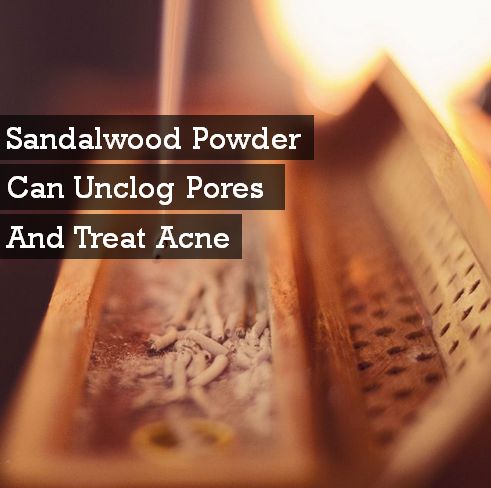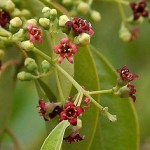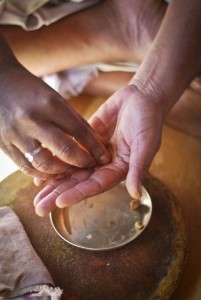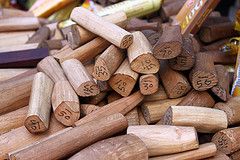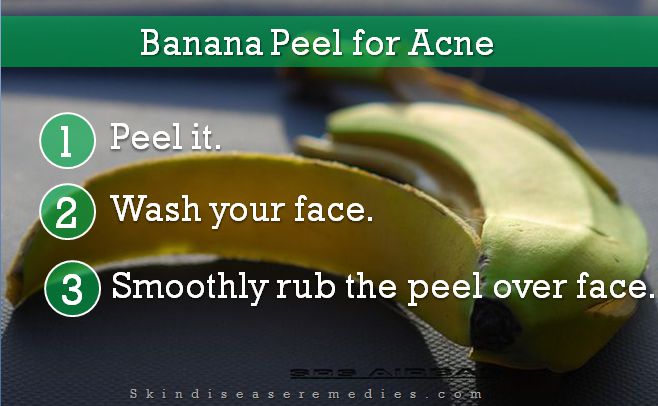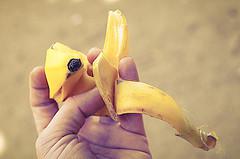Pimples/Acne breakouts occur due to inflammation and excess production of sebum. Increasing levels of hormones in teenagers stimulate over production of oil by sebaceous gland, because it is sensitive to hormonal reaction.
Apart from hormonal imbalance, other factors like hereditary, chemical filled cosmetics, drugs and smoking can cause pimples.
Acne is the most common skin disorder; to help you many cosmetic industries came out with pricey and effective creams. Yes, they work. But, when you can treat acne using your own kitchen remedies, why waste money? Instead spend it over the needy.
Benefits of Cinnamon for Treating Acne
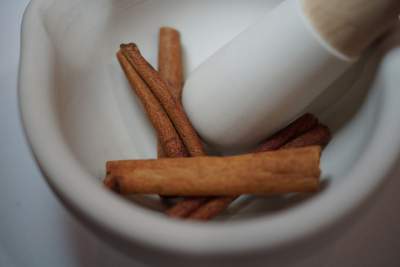
Cinnamon for pimples is an affordable and effective home remedy, which most of us ignore. This spice is derived from the inner barks of Cinnamomum tree. Before using it for culinary purpose, barks are dried to form cinnamon sticks, which are powdered to spice curries in India.
- Antioxidants protect your health from free radicals, preserve food, aids in treating metabolic diseases and age related problems. Luckily, cinnamon is packed with antioxidant agents, which can enhance healthy functioning of your health. (source)
- As mentioned above inflammation is the main culprit behind pimples, anti-inflammatory property residing in cinnamon can help you to reduce acne inflammation when you apply it over the skin.
- P.acnes, the bacteria which worsen the acne lesions can be restrained using antibacterial effect of cinnamon powder.
- Its assorted properties will help you to treat acne lesions and fade acne scars.
Unlike chemical filled creams, natural remedies like honey, turmeric, lime and cinnamon take 2-3 weeks to completely treat acne blemishes, but they thwart the bacteria from its root. You can add other innate ingredients to cinnamon powder to make it easy to apply.
1. Cinnamon and Honey Face Mask
Cinnamon is mainly of two types, Ceylon cinnamon (also known as true cinnamon) and Cassia cinnamon (which we normally use). Experts recommend selecting Ceylon cinnamon, as it is lower in coumarin, a compound that may be harmful when used in large dose.
Coming to honey, all over the web and ancient books are filed with extolling benefits of this natural remedy. I love honey for its sweet taste, ancient people used honey to treat health and skin disorders.
Ingredients: Take 1 tbsp of cinnamon powder and 3 tbsp of raw honey.
I personally recommend manuka honey for acne, as it has more nutritional properties when compared to other types of honey. Anyway, mix the listed ingredients in a clean bowl. Prior to face mask application, wash acne lesion with lukewarm water or expose it to steam and pat dry. Then apply cinnamon face mask evenly all over the face, you can also use it as a spot treatment for blemishes.
Also read: Honey and cinnamon face mask
2. Cinnamon and Milk
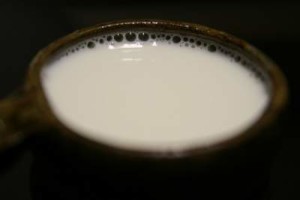
Though in some cases consuming milk and dairy products may trigger acne blemishes, topically using it over the acne lesions can help your reduce inflammation.
Mix equal quantities of raw milk and cinnamon powder in a bowl, then apply it over prewashed face. Leave it for 15 minutes and then rinse it off.
3. Lemon Juice and Cinnamon for Acne
This mask will lighten acne scars and help to treat hyperpigmentation. Squeeze few drops of lemon juice in 1 table spoon of cinnamon powder and mix thoroughly. Apply the mask and rinse it off after 15 minutes.
Limit the use of lemon if you’ve sensitive skin.
Important Note:
As mentioned above, excess Cassia cinnamon may include harmful compounds. If you see any allergic symptoms, then immediately consult your physician. Pregnant women need to discuss with doctor before using cinnamon.

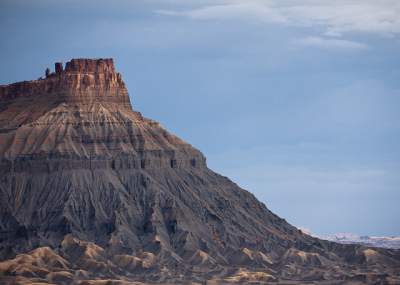
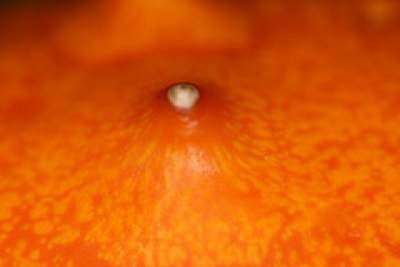
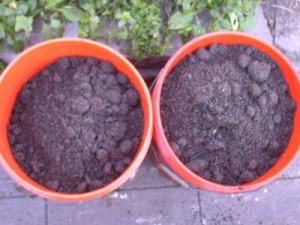
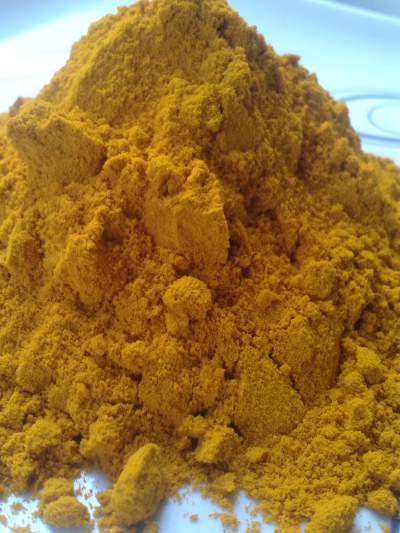
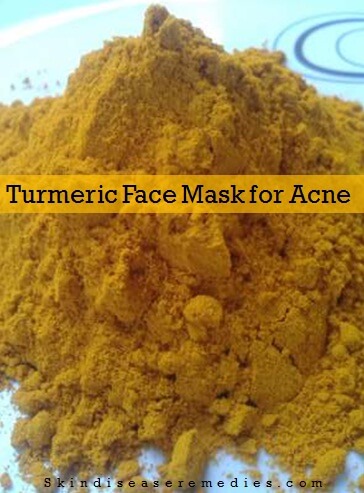
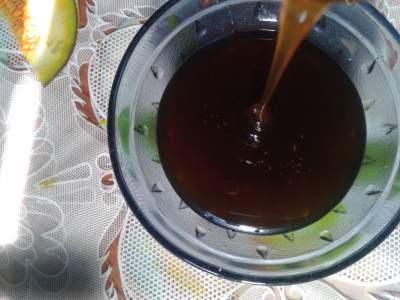
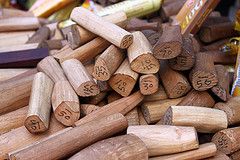
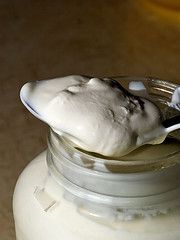
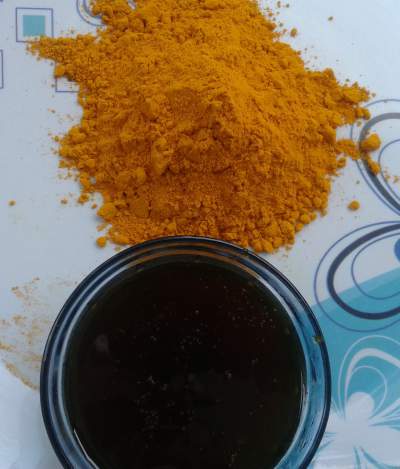
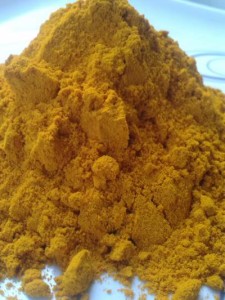
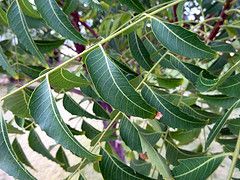
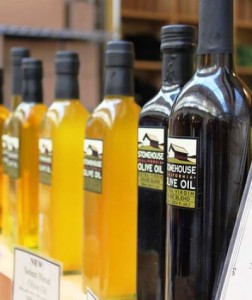
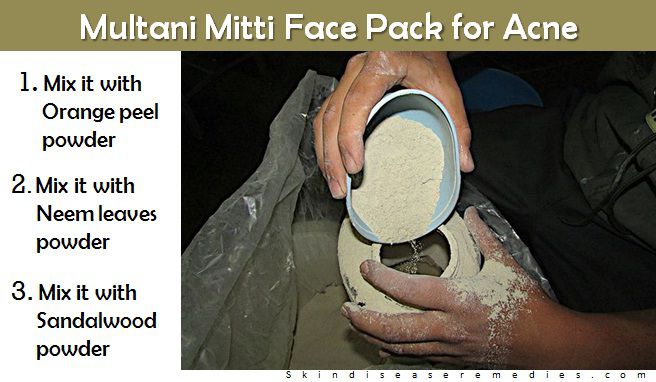
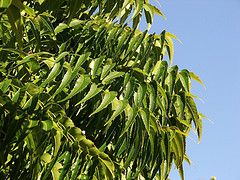
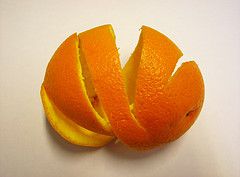 Orange peel powder has anti bacterial properties that fight acne causing bacteria and fuller’s earth combination helps to shed dead skin cells. You can add lemon juice to this face pack. Alternatively you can add raw honey to Fuller’s earth.
Orange peel powder has anti bacterial properties that fight acne causing bacteria and fuller’s earth combination helps to shed dead skin cells. You can add lemon juice to this face pack. Alternatively you can add raw honey to Fuller’s earth.